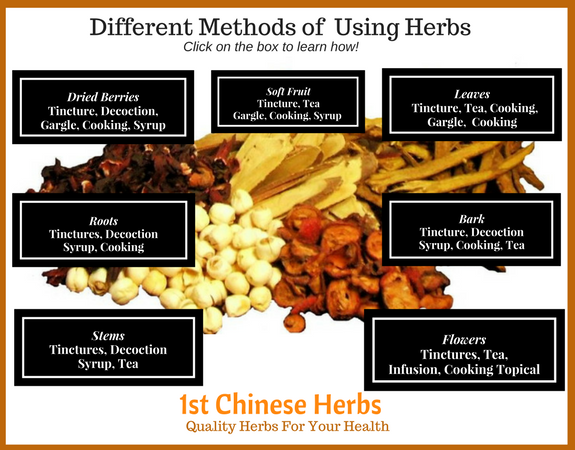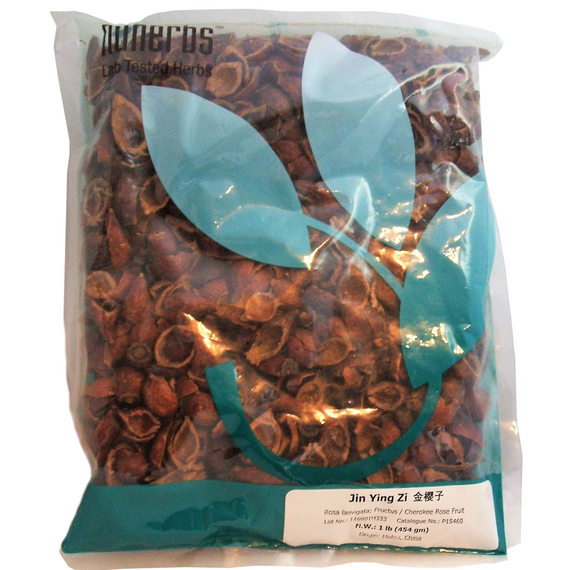Understanding Gardenia Fruit Zhi Zi
Zhi Zi, known as Gardenia jasminoides, is a prominent herb in Traditional Chinese Medicine (TCM), renowned for its diverse therapeutic properties. Derived from the fruit of the Gardenia plant, Zhi Zi is traditionally used to clear heat, reduce inflammation, and promote cooling within the body. It is commonly employed to address symptoms such as fever, irritability, and urinary tract infections. The herb is also valued for its potential to enhance liver function and support detoxification processes. Its historical use dates back centuries, with a strong foundation in ancient TCM texts and practices, underscoring its enduring significance in holistic health and wellness.
Herbal Information on Gardenia Fruit
Common Name: Gardenia Fruit
Botanical Name: Gardenia Jasminoidis; Fructus
Channels/Meridians: Heart, Lung, Stomach, Liver
Pin Yin Name: Zhi Zi
Other Names: Cape Jasmine Fruit
Other Ingredients: None, nothing has been added to this product.
Package Size: 1 pound
Form: Whole, some my be split.
Brand: Nuherbs Lab Test - Geo-Authentic Herbs
Cautions: Do not use if pregnant or nursing. Contraindicated in cases of cold from deficiency in the Spleen and Stomach.
Naturally Occurring Compounds: Flavonoids (crocin, chlorogenin, gardenin), iridoids, sitrosterol, ursolic acid, mannitol, tannin.
Additional Information About Gardenia Fruit
Gardenia Fruit has been used for centuries in Traditional Chinese Medicine as an herb that Drains Fire. It is among the coldest herbs in the Materia Medica. It resolves dampness and damp-heat. It cools the blood and may reduce toxicity. As a powder, it may be used topically. Gardenia Fruit enters the Heart, Lung, Stomach, Liver and Triple Burner channels.
- Supports Urinary Health
- Promotes Digestion
- Used Topically to Relieve Swelling
Product Properties: Cold, Bitter, Astringent
Herbs that Combine With Gardenia Fruit
Scutellaria Baicalensis Artemisia Annua Scutellaria Barbata Gou Teng
References:
https://herbpathy.com/Uses-and-Benefits-of-Gardenia-Fruit-Cid3118
https://www.ncbi.nlm.nih.gov/pmc/articles/PMC4241929/
https://www.ncbi.nlm.nih.gov/pubmed/29329646
https://www.ncbi.nlm.nih.gov/pubmed/19425231

Check out our How to Use Bulk Herbs page to see how to use herbs correctly. Our web page is constantly expanding, as of today we have articles on:
- How to make salves, poultice, tinctures, teas, capsules, gargles, and foot bathes
- How to make a citrus facial splash
- Cayenne pepper: Caterpillar and aphid spray ( Natural insect repellent )
- Citrus potpourri basket
Nuherbs
Each batch of herbs is dual-lab tested by in-house lab and independent third party lab. In-house lab is equipped with instruments such as a high performance liquid chromatograph, moisture determination meter, Fourier transform infrared spectrometer, atomic absorption spectrophotometer, gas chromatograph, etc.
In addition, the following additional tests are performed:
- Microbacteria
- Pesticides - over 200 pesticides tested for (Uab 2000 screen)
- Heavy Metals - Lead, Mercury and Arsenic
Traditional Chinese Herbs encompasses the use of different parts of plants, such as the leaves, roots, stems, flowers, and seeds. These plant parts are often used as a tea, decoctions, extracts, made into capsules or even a footbath. These bulk herbs should be regarded as an added feature to modern western healthcare, and not as a replacement. Chinese traditional herbs ( Teas ) emphasize harmony and balance.
We encourage you to educate yourself on herbs and supplements, by researching reputable sites, and books. Having an open discussion with your physician on what will be most beneficial for your health issues. And lastly discussing interaction of herbs and pharmaceuticals with your pharmacist or physician.





















